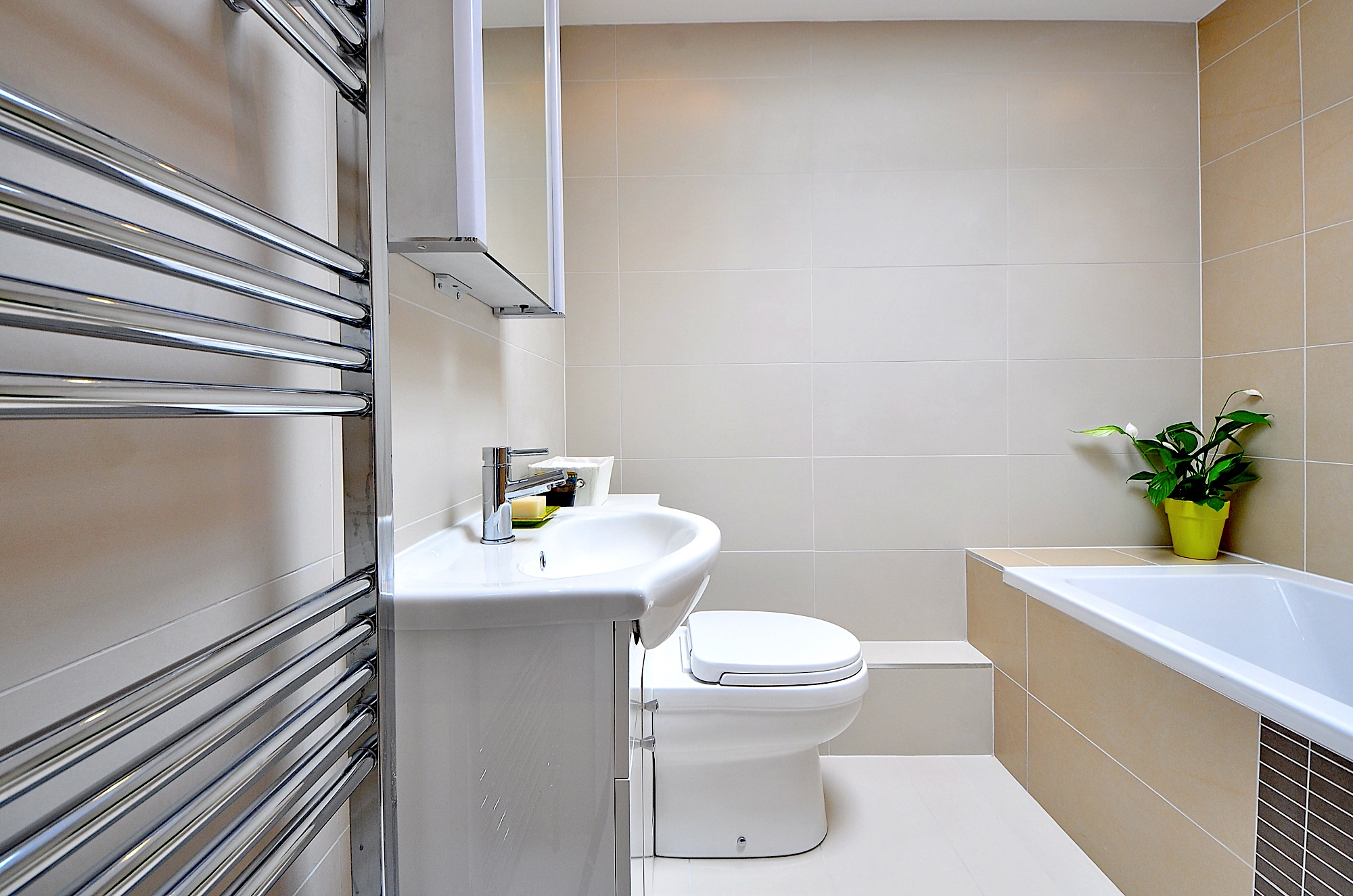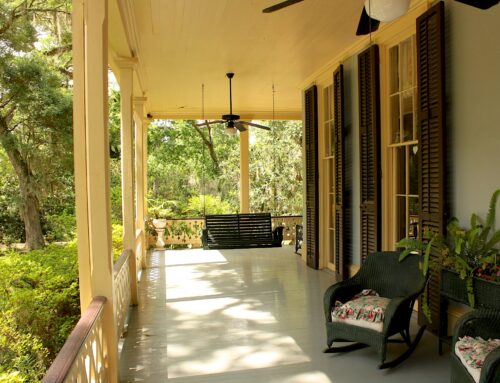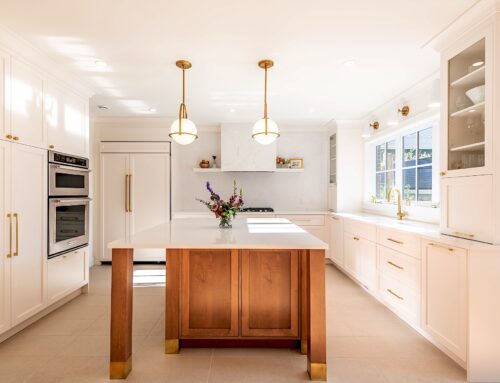If you’re looking to update your bathroom without breaking the bank and want to minimize your environmental footprint, a low-impact bathroom renovation could be the perfect solution. This approach focuses on reducing waste, conserving energy, and lowering water consumption while enhancing both functionality and aesthetics. By incorporating eco-friendly materials and products, you can create a sustainable, stylish bathroom that aligns with your values. Here are some practical tips for homeowners interested in embarking on a low-impact bathroom renovation.
1. Meticulous Planning and Realistic Budgeting
Before you embark on any renovation project, thorough planning and establishing a realistic budget are crucial. This not only helps you avoid unnecessary expenses but also minimizes stress along the way. To get started, you can:
- Gather inspiration and ideas from online sources, or consult with professional designers or contractors if you require guidance.
- Utilize online tools like RoomSketcher or Floorplanner to create a virtual layout of your bathroom. Be sure to measure your space accurately and account for plumbing and electrical fixtures.
2. Select Eco-Friendly Materials and Products
An essential element of a low-impact bathroom renovation is choosing environmentally friendly and sustainable materials and products. Some examples include:
Eco-Friendly Flooring and Surfaces: Consider materials like glass, metal, bamboo, cork, and porcelain. These options are either natural or recycled, durable, resistant to moisture and mold, and easy to maintain. For instance, a bamboo floor, with its renewable and antimicrobial properties, can create a charming and eco-conscious foundation for your bathroom.
Alternative Materials: Explore options like concrete, steel, natural stone, ceramic, quartzite, and bio-resin. These materials are both durable and recyclable. For example, a concrete bathtub, which can be customized and is energy-efficient, can serve as a stylish, eco-friendly centerpiece for your bathroom.
Eco-Friendly Textiles: When it comes to textiles like towels, bath mats, and curtains, opt for organic cotton, linen, or hemp. These natural fibers are soft, absorbent, and breathable. Look for GOTS-certified (Global Organic Textile Standard) products, which are made from organically grown cotton without harmful chemicals or dyes.
3. Reduce Water and Energy Consumption
Efficient use of water and energy is a key aspect of a low-impact bathroom renovation. This approach not only saves on utility bills but also conserves natural resources and reduces greenhouse gas emissions. Here’s how to achieve it:
Tankless Water Heater: Instant, limitless hot water for less than the cost of a continuously heated electric or gas heater. These save money and can increase water temperature quickly on-demand. If you are going to install an oversize spa-type bathtub, this is what you need to simply be able to enjoy it as expected.
Low-Flow Fixtures: Install low-flow toilets and faucets. These fixtures use significantly less water per flush or per minute compared to conventional ones. A dual flush toilet, with two buttons for different water levels depending on waste type, can save up to 50% of water consumption.
Aerating Shower Heads and Faucets: Opt for aerating shower heads and faucets. These devices mix air with water to create a more robust spray while using less water. They can reduce water consumption in your shower or sink by up to 40%.
LED Lighting and Motion Sensors: For a more energy-efficient bathroom, install LED lighting and motion sensors. LED lights use less electricity than incandescent or halogen bulbs and are available with dimmer switches to adjust brightness. Motion sensors automatically turn lights on or off when someone enters or leaves the room, saving up to 80% of energy consumption.
4. Add Natural Elements
Enliven your low-impact bathroom renovation with the addition of natural elements and plants. This not only improves air quality and humidity but also contributes to a tranquil and welcoming atmosphere. Here’s how to incorporate them:
Greenery: Choose potted or hanging plants that thrive in humid environments, such as ferns, orchids, peace lilies, snake plants, or spider plants. Position them on shelves, windowsills, countertops, or hang them from hooks on the wall or ceiling.
Natural Accessories: Enhance your bathroom’s appeal by adding natural accessories like baskets, trays, jars, candles, or soap dishes made from wood, bamboo, cork, or rattan. These elements bring warmth, texture, and charm to your space.
Natural Scents: Elevate your bathroom’s ambiance with natural scents, such as essential oils, diffusers, or potpourri with calming and soothing fragrances like lavender, chamomile, rose, or mint. Place them strategically on your vanity, near the bathtub, or in the shower.
By following these tips, DIY homeowners can embark on a low-impact bathroom renovation that is not only budget-conscious but also eco-conscious. In doing so, you can create a bathroom that prioritizes sustainability, comfort, functionality, and aesthetics, all while enjoying the financial and environmental benefits.
Let’s talk before you renovate to sell. I can help you save money.









